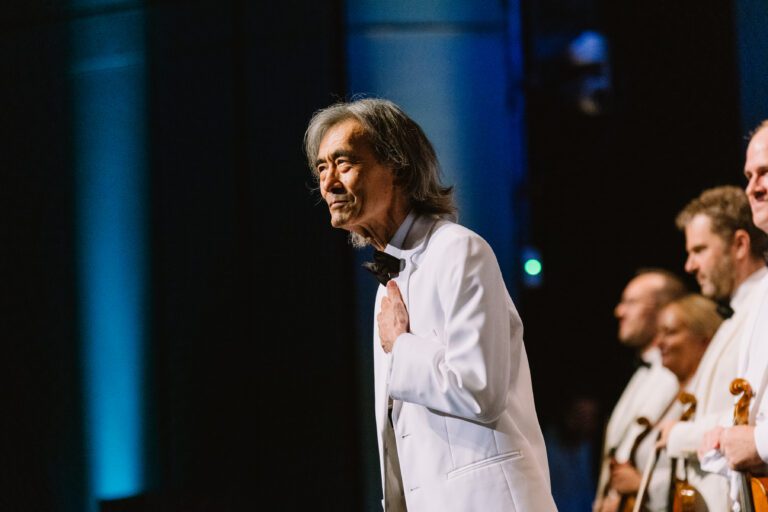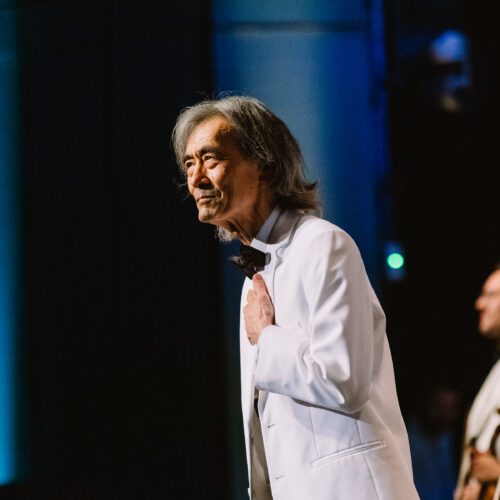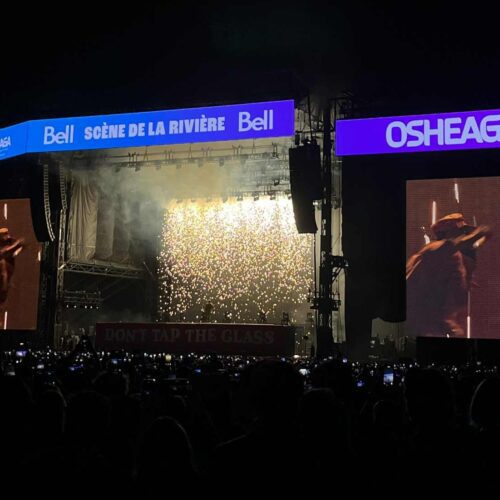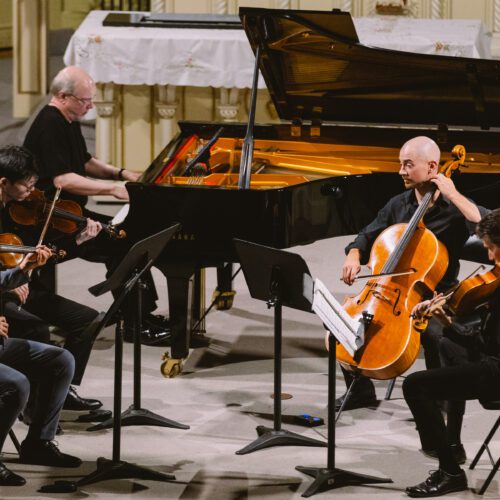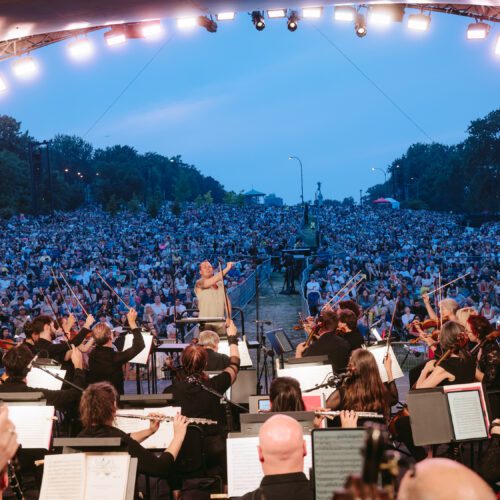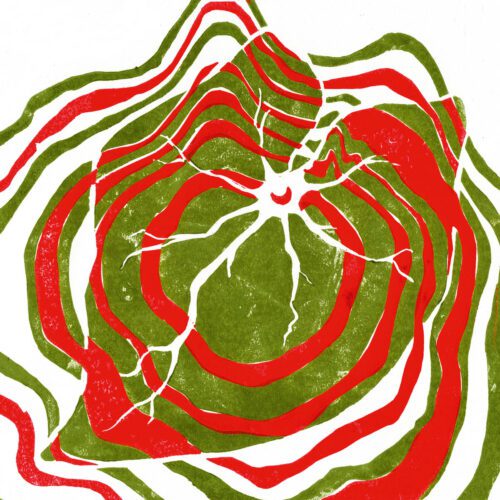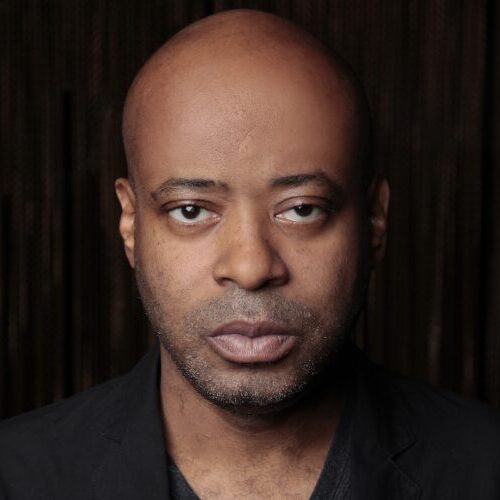Last Friday, August 1st, the Amphithéâtre de Lanaudière hosted the OSM, and especially Kent Nagano as its conductor, in a return that could almost be described as triumphant. The audience was waiting for him and was probably ready to applaud any performance by the conductor. Fortunately, Kent Nagano offered a very beautiful musical interpretation of three rich works in terms of color and polyphonic language.
For the colors, Debussy’s Rhapsody for Clarinet and Orchestra in B-flat Major, L. 116, with Todd Cope, solo clarinetist of the OSM, fulfilled the beautiful promises of a rich and wonderfully colorful score. The numerous interpretive pitfalls in the score were well-handled and even enhanced by the soloist’s notable ease, to whom the guest conductor provided skillful and nuanced orchestral support.
As the opening piece, Webern’s Op. 1, the Passacaglia in D minor received the treatment it deserved, with a very beautiful breadth of strings, still tinged with Romanticism, doubled by more modernist/impressionistic contrapuntal voices in the woodwinds. Webern had not yet crossed the bridge to atonality, which makes this Passacaglia still eminently accessible to the general public, while also allowing them to become acquainted with a premonition of the refined complexity of this composer’s language.
The concert, performed without an intermission, concluded with Symphony No. 3 in F major, Op. 90, with its great polyphonic richness and magnificent themes and melodies. I was wondering if Kent Nagano would present us with Brahms’ historically informed vision, such as what we hear in his recording of the same work on the BIS label, which was released a few weeks ago. I was talking to you then, in the album review (READ HERE), about the great freedom of movement, the rhythmic ease, the airy breath of the voices that the conductor brought to the reading of this music. Although recently released, the recording in question dates back to 2019. Over all this time, Nagano has had plenty of time to refine his vision. So, what was it like? Well yes, what you hear on the album is definitely there, with even more conviction and oxygen. The very famous third movement, Poco allegretto, collectively lifted us up with its poignant melody and the natural tenderness with which the conductor brought it to life. A beautiful magic that everyone gathered was able to capture and feel.
Sustained applause forced Kent Nagano to return to the stage six times. The public loves him, and if you’d like to learn more about his perception of the affection between him and Quebec, in addition to his vision of Brahms, LISTEN TO THE INTERVIEW I CONDUCTED WITH KENT NAGANO HERE.
